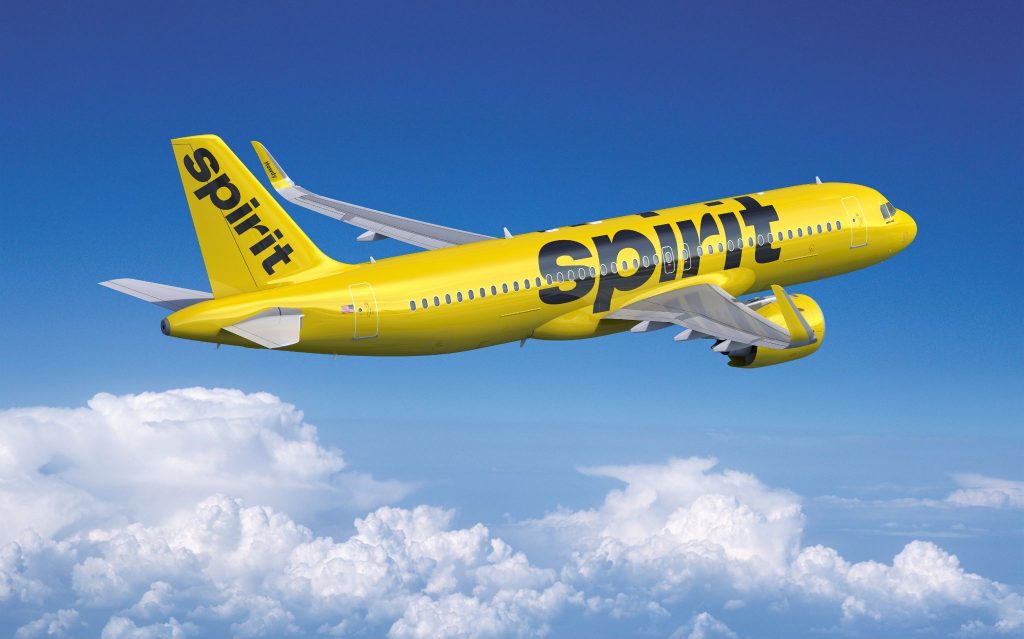Spirit Airlines on Monday forecast a loss in the second quarter as its earnings continue to reel from the grounding of a number of its aircraft as well as bloated industry capacity in key markets.
Its shares were down 11.4% in afternoon trade.
The ultra-low-cost carrier has been losing money despite booming travel demand, raising questions about its ability to manage debt that is due to mature in 2025 and 2026. The company said it has had “constructive” discussions with its bond holders and is aiming to have a resolution this summer.
Spirit is among the carriers hardest hit by a snag with RTX’s Pratt & Whitney Geared Turbofan (GTF) engines, which is expected to ground 40 of its aircraft this year. In 2025, the situation is projected to get worse as the airline estimates to have about 70 jets out of service.
It is not only hurting its growth plans, but also leaving the airline overstaffed and driving up operating costs.
While Pratt & Whitney has agreed to compensate the airline, Spirit Chief Financial Officer Scott Haralson said the issue is still hurting the company’s earnings.
“The impact on our business associated with these Pratt engine issues cannot be understated,” Haralson said on an earnings call.
Spirit has announced plans to furlough up to 260 pilots in September and to roll out more measures to cut its costs by $100 million this year.
Last month, it reached a deal with planemaker Airbus to postpone all aircraft deliveries scheduled from the second quarter of 2025 through 2026.
Spirit said compensation for its grounded aircraft, deferred jet deliveries and cost savings will improve its cash levels by $450 million to $550 million in 2024.
Spirit’s earnings are also hurting due to excess capacity in key markets, forcing the airline to discount heavily to fill planes. Average fare per passenger was down 16% in the first quarter from a year earlier.
The airline said industry capacity in leisure markets remains elevated. It has exited a few cities in a bid to better align its capacity with supply and demand and protect its pricing power.
Yet, it expects its total revenue per seat mile to be down 8% to 9.5% in the second quarter from a year ago. Adjusted operating margin in the quarter is estimated to be down 9%-11%.
On an adjusted basis, the company reported a loss of $1.46 per share in the March quarter, compared with analysts’ estimates of a loss of $1.45.



